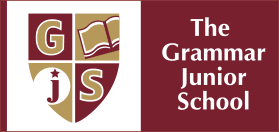CLASS 6
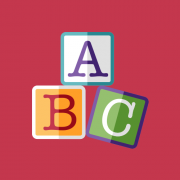
ENGLISH
Reading Comprehension
Pupils are taught to maintain positive attitudes to reading and are exposed to an increasingly wide range of fiction, poetry, plays, non-fiction and reference books or textbooks. They can draw inferences such as inferring characters’ feelings, thoughts and motives from their actions, and justifying inferences with evidence. They learn to predict what might happen from details stated and implied and can summarise the main ideas drawn from a passage. They can also provide reasoned justifications for their views and opinions.
Spelling
Pupils are taught to use further prefixes and suffixes, homophones, homonyms and through the introduction of new words they enhance their vocabulary daily.
Grammar
Pupils reinforce all the verb tenses. They are taught word formations, word transformations, prepositions, close exercises, articles, quantifiers, comparative and superlative adjectives.
Writing – Composition
Pupils are taught to draft, plan, edit and evaluate their writing. They learn to write narrative, descriptive, persuasive and expository stories. They can write biographies, articles, reports, diaries and journals.
MATHEMATICS
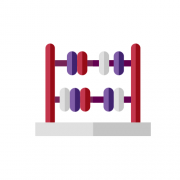
Number and Place Value
Pupils are taught to read, write, order and compare numbers to a trillion and determine the value of each digit. They can round any number up to the nearest trillion.
Fractions, Decimals and Percentages
Pupils are taught to use common factors to simplify fractions; use common multiples to express fractions in the same denomination, compare and order fractions, add and subtract fractions with different denominators and mixed numbers. They can divide proper fractions by whole numbers, associate a fraction with division and calculate decimal fraction equivalents. They multiply and divide numbers by 10, 100 and 1000 giving answers up to three decimal places. They can solve problems which require answers to be rounded to specified degrees of accuracy and they recall and use equivalences between simple fractions, decimals and percentages, including in different contexts.
Algebra
Pupils are taught to use simple formulae, generate and describe linear number sequences, express missing number problems algebraically, find pairs of numbers that satisfy an equation with two unknowns and enumerate possibilities of combinations of two variables.
Geometry
Pupils are taught to compare and classify geometric shapes based on their properties and sizes and find unknown angles in any triangles, quadrilaterals, and regular polygons. They can illustrate and name parts of circles, including radius, diameter and circumference.
Addition, Subtraction, Multiplication and Division
Pupils are taught to multiply multi-digit numbers up to 4 digits by a two-digit whole number using the formal written method of long multiplication. Divide numbers up to 4 digits by a two-digit whole number using the formal written method of long and short division, and interpret remainders as whole number remainders, fractions, or by rounding, as appropriate for the context. They can identify common factors, common multiples and prime numbers and use their knowledge of the order of operations to carry out calculations involving the four operations. They can solve multi-step problems involving all of the above.
Ratio and Proportion
Pupils are taught to solve problems involving the relative sizes of two quantities where missing values can be found by using integer multiplication and division facts. They solve problems involving the calculation of percentages.
Measurement
Pupils are taught to solve problems involving the calculation and conversion of units of measure, using decimal notation up to three decimal places where appropriate. They can use, read, write and convert between standard units, converting measurements of length, mass, volume and time from a smaller unit of measure to a larger unit, and vice versa, using decimal notation to up to three decimal places. They recognise that shapes with the same areas can have different perimeters and use formulae for area and volume of shapes. They can also calculate the area of parallelograms and triangles. They calculate, estimate and compare volume of cubes and cuboids using standard units, including cubic centimetres.
Statistics
Pupils are taught to calculate and interpret the mean, median, mode and range.
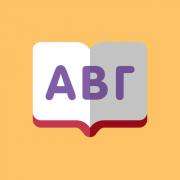
GREEK
The Greek lesson in the Grammar Junior School is of equal importance to the English lesson for the Greek-speaking pupils. We follow the guidelines set and use the books provided by the Cyprus Ministry of Education and Culture. The objective of the lesson is to learn the Greek language through Reading, Writing, Grammar and Vocabulary. Through the Greek lesson the GJS pupils also become familiar with and learn to appreciate Cyprus history, culture and traditions.
In class 6, pupils realise the importance of group work, critical discussion of passages and the ability to express their views freely during discussions. Pupils are able to incorporate grammar and syntax structures into their writing and reading comprehension.

PHYSICAL EDUCATION
Pupils are taught to collaborate and compete adhering to ‘fair play’, to run, jump, throw and catch and play competitive games such as basketball, football, baseball and dodge-ball. They also learn to swim competently, with confidence and to use a range of strokes including front crawl, backstroke and breaststroke. They develop flexibility strength and technique.

GEOGRAPHY
Pupils are taught to identify the position and significance of latitude, longitude, Equator, Northern Hemisphere, Southern Hemisphere, the Tropics of Cancer and Capricorn, Arctic and Antarctic Circle. They understand geographical similarities and differences through the study of human and physical geography of a region. They can describe and understand key aspects of physical geography, including climate zones, biomes and vegetation belts, rivers, mountains, volcanoes and earthquakes, and the water cycle. They learn about types of settlement and land use, economic activity including trade links, and the distribution of natural resources including energy, food, minerals and water. They practice geographical skills and fieldwork by using maps, atlases, globes and digital/computer mapping to locate countries and describe features studied.
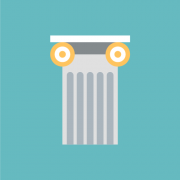
HISTORY
Pupils are taught about the History of Cyprus during modern times and World War I and II.
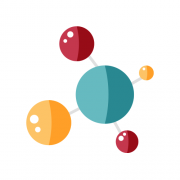
SCIENCE
Living Things and Their Habitats
Pupils are taught to describe how living things are classified into broad groups according to common observable characteristics and based on similarities and differences, including microorganisms, plants and animals.
Animals Including Humans
Pupils are taught to identify and name the main parts of the human circulatory system, and describe the functions of the heart, blood vessels and blood. They recognise the impact of diet, exercise, drugs and lifestyle on the way their bodies function. They can describe the ways in which nutrients and water are transported within animals, including humans.
Evolution and Inheritance
Pupils are taught to recognise that living things have changed over time and that fossils provide information about living things that inhabited the Earth millions of years ago. They can identify how animals and plants are adapted to suit their environment in diverse ways and that adaptation may lead to evolution.
Light
Pupils are taught to use the idea that light travels in straight lines to explain that objects are seen because they give out or reflect light into the eye. They can use the idea that light travels in straight lines to explain why shadows have the same shape as the objects that cast them.
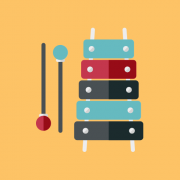
MUSIC
Pupils are taught to play a musical instrument with confidence, understand musical notations, appreciate a wide range of music and learn about the history of music. They are encouraged to join our school choir, the orchestra and to perform solo.
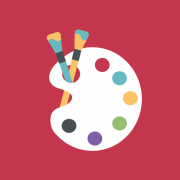
ART
Pupils are taught to develop their techniques and the use of materials with creativity using pencil, charcoal, paint, clay. They also learn about renowned artists, in history.
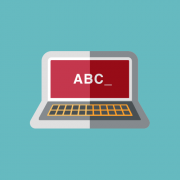
COMPUTERS
Pupils follow the six-year Funecole Programme which is endorsed by Cambridge International Examinations. Pupils are taught the principles of information and computation; how digital systems work and how to put this knowledge to use through programming, so they become active participants in a digital world.
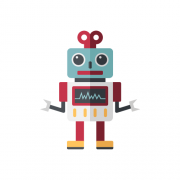
STEM
STEM (Science, Technology, Engineering, Mathematics) represents a blended learning, project-based curriculum. Students are actively engaged in hands-on minds-on activities with an application to the real world. Problem solving, critical thinking, collaboration, research, observation, knowledge construction and self-regulation are encouraged in every lesson.
Pupils are taught about design process, are introduced to robotics, programming, coding and algorithms, they build models using motion sensors, they use tactile readers, understand basic principles of earthquake engineering and design, use the tune booster, Ear Gongs and the 3-D printer.
